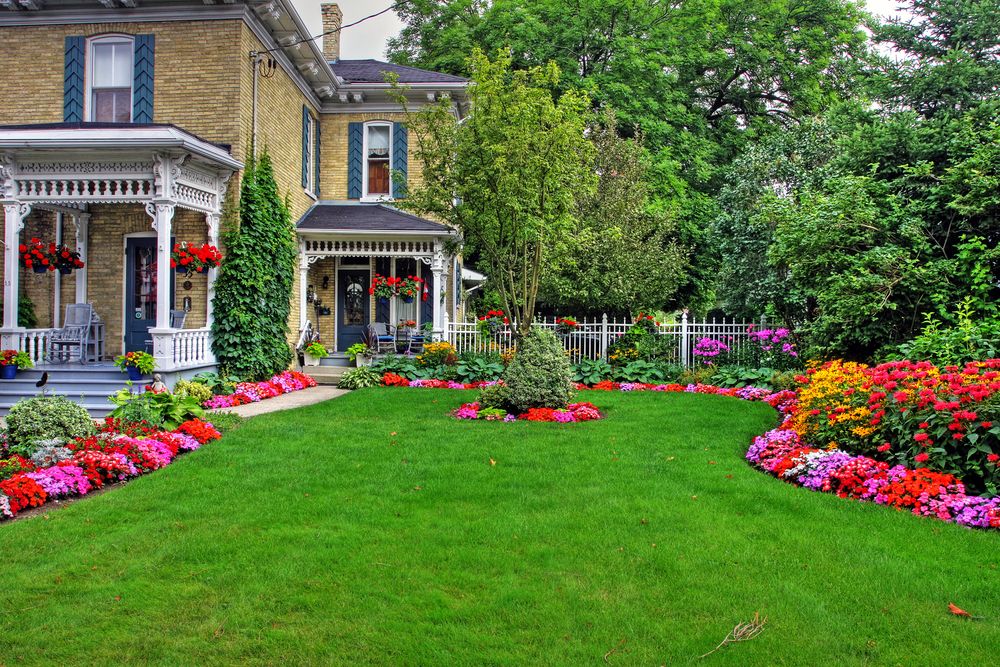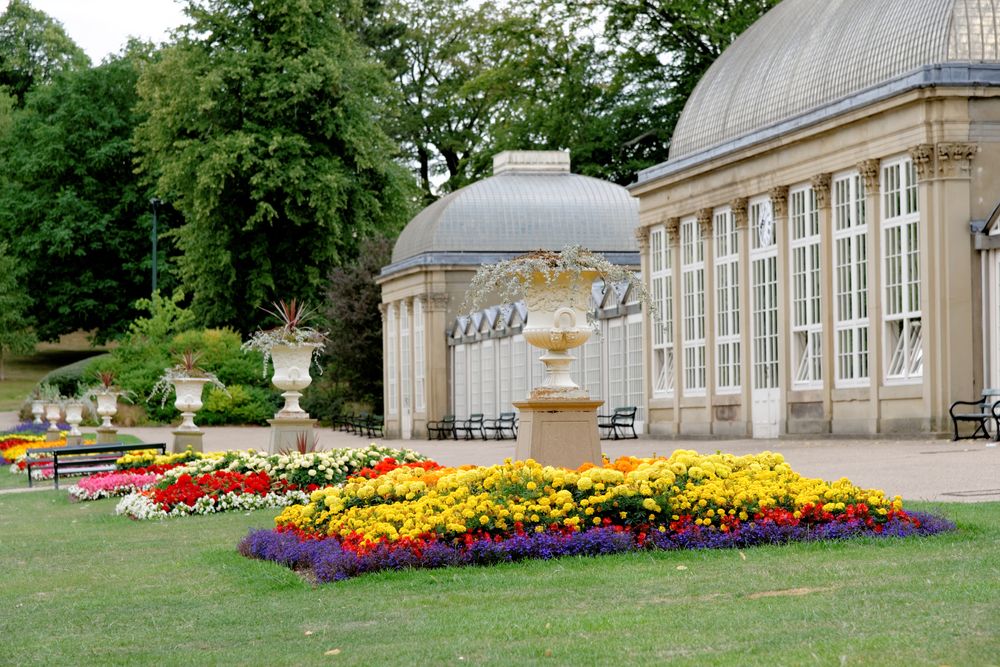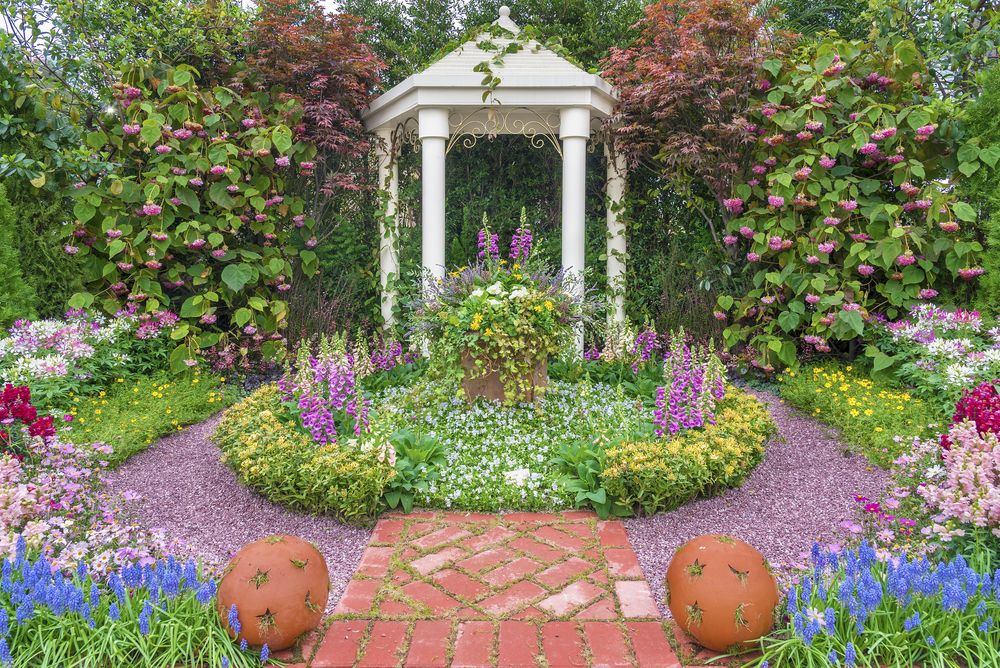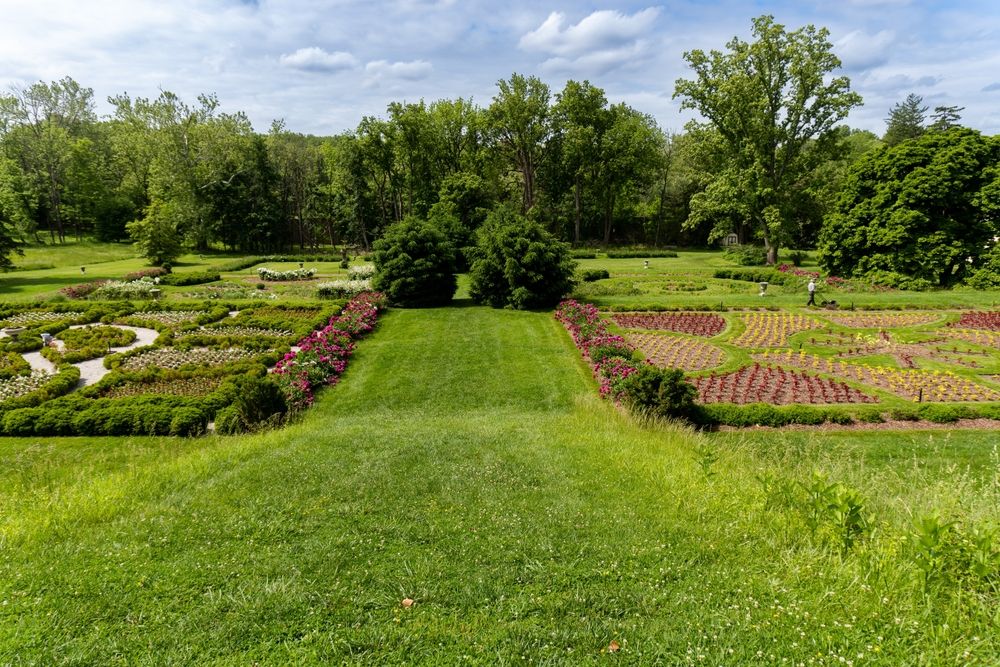
How to Introduce Victorian Gardening into Your Landscape
Published: 17/11/2023 | Updated: 21/12/2023


You might hear the phrase Victorian gardening here and there, with some public, historical gardens given the name Victorian Garden, but you're still unsure what Victorian gardening is.
If this is the case, and you want to know more about how to get your Victorian garden, then this is the right place for you.
In this guide, we will walk you through what makes Victorian gardens what they are, how Victorian-era gardens are characterized, and how homeowners and anyone wanting to be a Victorian gardener can start. We finish with some recommended garden design ideas that will bring that 19th-century energy right into your home.
Everything You Need to Know about Victorian Gardening
Like any gardening trend, Victorian gardening has a history and specific characteristics rooted in the particularities of the era and the place it rose from.
To understand how they stand apart from contemporary gardens (and how they connect to other modern, revival gardening trends, like cottage gardens ) and how you can implement a Victorian-style garden in your landscape, we should first go through those facts.
What is Vectorian Gardening?
Victorian gardening refers to the specific style of garden design that rose during the Victorian age (the age named after Queen Victoria that lasted from the mid-19th century to the beginning of the 20th century when she died).
The general characteristics of the Victorian period are reflected in how Victorian gardeners developed gardening: the growing middle class devoting more time to aesthetics and leisure time in the home garden entertaining guests leading to the arts and crafts movement starting more intricate designs; the developing love for love and exoticism, resulting in plant explorers bringing back exotic plants (love for specific exotic plants like ferns was so intense that it got named a 'fern fever', for example); science and industrialization developing leading to a fascination with innovation, etc.

What are Its Garden Features?
As Victorian garden gardening developed, especially as new cultivars kept getting introduced and landscape designers like Andrew Jackson Downing theorized and introduced new ways of design, (and especially did a lot of work on cottage garden landscaping), it gained fixed features that all innovations played around.
Here are the most important characteristics that will make you recognize Victorian public gardens (like the Parterre garden or the garden of the Peckover House) right now.
Geometric Shapes
A big part of the innovations that developed with Victorian gardening is implementing geometric patterns through flower beds, shrubs, and pathways.
Symmetrical, structured forms and formal garden patterns inside the property lines were preferred so much that they can now be synonyms with the Victorian style.
Large Glasshouses
Because the Victorians were planting beds with plants and specimen trees that were not native to England, innovation and science were already leading to the widespread use of glasshouses.
Tropical specimen trees, bedding plants, and generally new plants exploding with color and exoticism were even more beautiful behind the glasshouses.
Island Beds
Island beds were another way Victorians showcased the vibrant, colorful plants they newly acquired. They're called island beds because they're centrally implemented in the lawn.
Their colors and centrality attracted attention, highlighting the use of form in aesthetics. Alongside the carpet bedding, the garden design is completely transformed into a splash of color in patterns.

Ideas to Start a Victorian Garden
Now that you know what characterizes a Victorian garden and makes it special, you're probably wondering how to make your landscape more Victorian while still keeping the practical aspect, like leaving space and comfort to have outdoor family movie nights or lawn games.
All the while I was keeping its distinct personality.
Follow Geometric Patterns
The first and most reliable way to evoke a Victorian garden style is to apply a geometric pattern. It doesn't have to be symmetrical and can be any pattern that you prefer. That's as long as you follow the pattern and don't break it.
You can create clear lines with shrubs and pruned hedges or in similar circular patterns around the house. You can complete circular or spiral patterns by using a level of roses and orchids against the first circle of shrubs and hedges, with the colors against the clear green bringing both vibrancy and tranquility.
Plant Tropical Plants and Fruit Trees
Bedding and planting tropical plants and flowers is another sure way to bring up that Victorian garden energy. They include loved, popular flowers Orchids, morning glories, and dahlias.
Tropical flower beds can be planted outside if your climate is suitable, in a glass door, or you can plant tropic plants even indoors.
Strictly Lined Garden Beds
Garden beds are an essential part of Victorian Gardens. The distinction between carpet bedding and garden beds is strong, especially in the spring when the plants flower and their colors grow vibrant and distinct.
Garden beds can be any shape you want with any idea you have in mind, just make distinct lines and colors.
Use Wrought Cast Iron in Garden Furniture
The intricates of wrought iron are something that's very celebrated in Victorian-style landscapes. Wrought iron garden fencing specifically is a charming addition that will instantly grant your garden that Victorian England energy.
However, if it's difficult for you to change your fencing to wrought iron, then getting wrought cast iron furniture for the outdoors is a good, affordable alternative to reach the same effects.
Plant in a Cottage Garden Style
Cottage gardens are very strongly linked with Victorian gardens and the Victorian era, mostly due to the architects and landscapers who celebrated and promoted them. The Victorians were charmed most of all by colors, partially because they were so attracted to tropical plants.
Cottage gardens are characterized by colorful flowers stacked and planted informally, standing apart from the other dominant Victorian Garden styles in the sense of form and patterns. But it also rose alongside it, playing intentionally against forms.
You can have either or you can include aspects
Water Features and Other Stony Garden Structures
Stony garden features among brilliant flowers is the image you get in mind when you think of a Victorian landscape. The contrast, alongside the focality of a large water feature, creates symmetry and structure in a unified, harmonious way.
Consider investing in a large, stoney, and traditionally crafted water feature to use as a focal point in your garden.
Victorian gardening is a charming design trend that is easy to implement elements of in any home landscape once you understand how it works and what it's supposed to look like. In this article, we've shown you what makes Victorian gardening special and ideas to inspire your particular Victorian garden.
However, it's not easy to change your overall landscape design without professional advice and help. At Shrubhub, we're currently offering a 70% offer on all our design services that you can take advantage of right now by signing up here.



